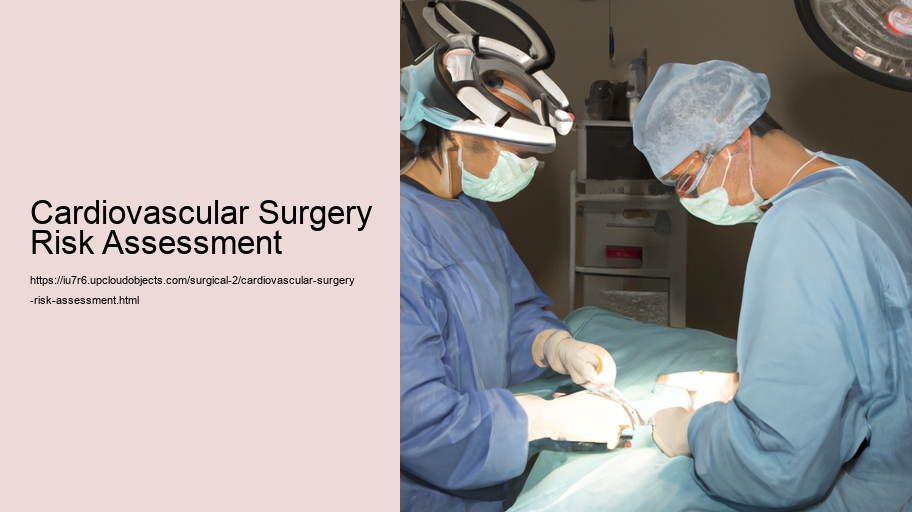Cardiovascular surgery risk assessment is an essential step in the management and treatment of patients who are candidates for heart surgery. The process involves a comprehensive evaluation of an individual's health status to predict the likelihood of adverse events that could occur during or after the operation. This essay will explore the various components and considerations involved in cardiovascular surgery risk assessment, its significance, and how it influences clinical decision-making.
The heart is a vital organ, and any surgical intervention, no matter how routine it may seem, carries inherent risks. These risks can range from minor complications to life-threatening events. To minimize these risks, medical professionals must carefully assess each patient before proceeding with surgery.
The first step in the risk assessment process is to gather a thorough medical history. This includes understanding past medical conditions, previous surgeries, and any complications that have arisen from those surgeries. It also involves a detailed analysis of the patient's current cardiovascular health, including the presence of conditions such as coronary artery disease, heart failure, valvular heart disease, or arrhythmias.
Following the medical history, a physical examination is performed to evaluate the patient's current health status. Blood tests, chest X-rays, electrocardiograms (ECGs), echocardiograms, and other diagnostic tests may be ordered to provide a clearer picture of the patient's cardiovascular condition. In certain cases, more invasive procedures like cardiac catheterization may be necessary to assess the severity of coronary artery blockages.
One of the most widely used tools for risk assessment in cardiovascular surgery is the Society of Thoracic Surgeons (STS) risk score, which predicts the patient's risk of mortality and morbidity from cardiac surgery. This score takes into account a host of factors, including age, gender, body mass index, renal function, and the complexity of the surgery that is planned. The STS risk calculator has been validated extensively and is a critical aid in determining the potential benefits and risks of surgery for each individual patient.
Another tool is the European System for Cardiac Operative Risk Evaluation (EuroSCORE), which is similar to the STS risk score in its purpose but uses different parameters and is more commonly used in Europe.
The purpose of risk assessment is not solely to predict potential negative outcomes, but also to prepare for and, where possible, to mitigate them. For example, if a patient is identified as having an increased risk of renal failure post-surgery, then special attention can be focused on renal protection during and after the operation. Likewise, if there is a high risk of stroke, then additional anti-coagulation measures may be implemented.
Informed consent is another critical aspect of the risk assessment process. Patients must be made aware of the potential risks and benefits of the surgery, as well as the likelihood of these outcomes based on their personalized risk assessment. This information plays a crucial role in the shared decision-making process, where the patient and the healthcare provider make an informed choice about whether to proceed with surgery.
Cardiovascular surgery risk assessment is a dynamic process. It should be revisited if there are changes in the patient's condition or if new information comes to light. Additionally, as new research and technologies emerge, the criteria and tools for risk assessment may evolve, further refining the ability to predict outcomes and improve patient care.
In conclusion, cardiovascular surgery risk assessment is a multidimensional process that plays an indispensable role in the field of cardiac surgery. By accurately estimating the risks associated with surgical procedures, healthcare providers can make better-informed decisions, tailor interventions to individual patient needs, and enhance the overall safety and efficacy of surgical treatments. It exemplifies the careful balance between medical knowledge, technological advancement, and patient-centered care that is at the heart of modern medicine.
